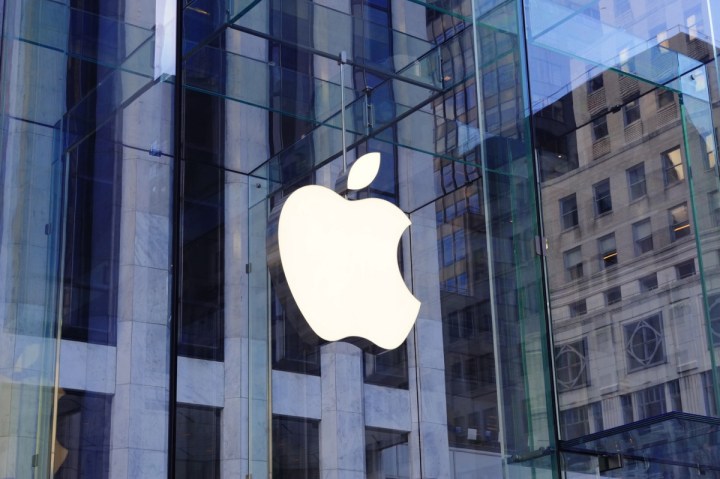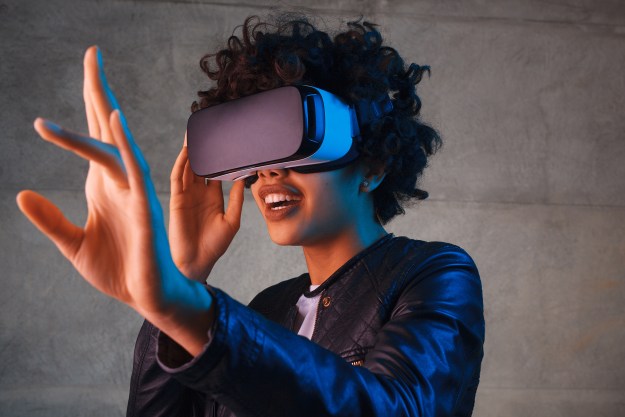
Anonymous sources have confirmed that Norris joined Apple earlier in the year, and is working as a senior manager of the AR team, according to a report from Bloomberg. This group is prototyping a pair of glasses capable of displaying AR imagery, as well as software for the iPhone that can take advantage of these capabilities.
During his time at NASA, Norris contributed to various projects that centered around applying AR and VR technology to the space program. One such endeavor outfitted scientists on Earth with headsets that could receive live imagery from the surface of Mars.
Norris was also involved with a program that sent Microsoft’s HoloLens headsets to astronauts on the International Space Station. His familiarity with that hardware could prove to be critical, as Microsoft and Apple seem poised to do battle for control of the AR market over the coming years — provided the technology takes off as anticipated.
It’s no secret that AR is a major priority for Apple in the long term. The company sees the technology as having the potential to provide a major evolution of the iPhone’s current capabilities, so it seems that AR features could hit the smartphone first, in the hopes of convincing users that its AR glasses are a worthwhile investment once they’re ready for the marketplace.
However, it’s difficult to predict when Apple will unveil its implementation of AR to the public. Rumors persist that the tech could be ready by 2018, and the recent upswing in news about the project may lead credence to those reports.
Editors' Recommendations
- Vision Pro 2: everything we expect from the future of Apple’s headsets
- Apple’s Vision Pro could get this incredible gaming upgrade
- Apple’s secret AR glasses may have this genius feature for glasses users
- This $40K Vision Pro mod adds 18K gold to Apple’s headset
- Apple may be forced to change the Vision Pro headset’s name


